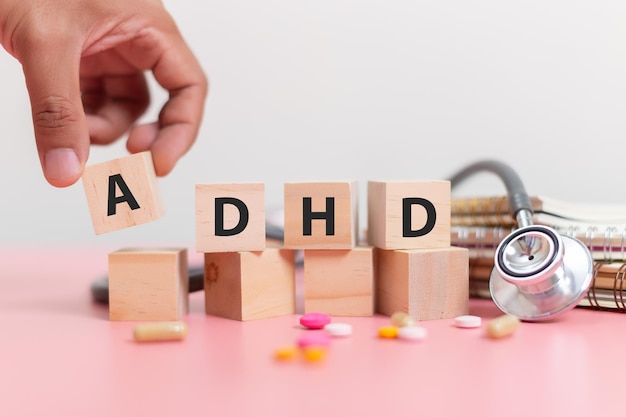Understanding Adhd and setting healthy boundaries for children
In today’s digital world, technology surrounds us everywhere we go. From smartphones to tablets to computers, screens have become a constant presence in our lives. While technology offers many benefits, it also raises concerns, especially when it comes to children with ADHD (Attention-Deficit/Hyperactivity Disorder). In this blog, we’ll explore the impact of technology on childhood ADHD and how parents can navigate screen time in a digital age.
Understanding ADHD
First, let’s understand what ADHD is all about. ADHD is a Neurodevelopmental disorder that affects a person’s ability to focus, control impulses, and regulate energy levels. Children with ADHD may struggle with paying attention, staying organised, and managing their emotions.

The Appeal of Screens
Screens are like magnets for kids – they’re bright, engaging, and offer instant gratification. For children with ADHD, screens can be particularly captivating because they provide constant stimulation. Video games, social media, and streaming services offer a world of entertainment at their fingertips.
The Downsides of Excessive Screen Time
While screens can be entertaining and educational, excessive screen time can exacerbate symptoms of ADHD. Here’s how:
- Attention Span: Excessive screen time can shorten attention spans and make it harder for children with ADHD to focus on tasks that require sustained attention, such as homework or chores.
- Hyperactivity: Video games and fast-paced media can increase hyperactivity and impulsivity in children with ADHD, making it difficult for them to sit still or regulate their behavior.
- Sleep Disruption: The blue light emitted by screens can disrupt sleep patterns, leading to difficulties falling asleep and staying asleep – a common issue for children with ADHD.
- Social Skills: Excessive screen time can limit opportunities for face-to-face interactions and socialization, which are important for developing social skills and emotional intelligence.
Setting Healthy Boundaries
So, what can parents do to navigate screen time and support their child with ADHD? Here are some tips:
- Limit Screen Time: Set clear limits on screen time and establish screen-free zones in the home, such as the dinner table and bedrooms. Encourage alternative activities like outdoor play, reading, and creative hobbies.
- Monitor Content: Be mindful of the content your child is consuming online. Choose age-appropriate, educational content and avoid violent or overly stimulating media.
- Create a Routine: Establish a daily routine that includes designated screen time slots. Consistency and structure can help children with ADHD manage their time more effectively.
- Encourage Breaks: Encourage your child to take regular breaks during screen time to rest their eyes, stretch their muscles, and engage in physical activity. Breaks can help prevent screen overstimulation and reduce hyperactivity.
- Model Healthy Habits: Be a positive role model by practicing healthy screen habits yourself. Limit your own screen time, prioritize face-to-face interactions, and engage in offline activities with your child.
Utilizing Technology Wisely
While excessive screen time can be detrimental, technology can also be a valuable tool for children with ADHD when used mindfully. Here’s how:
- Educational Apps: There are many educational apps and programs designed specifically to support children with ADHD. These apps can help improve focus, organisation, and time management skills in a fun and interactive way.
- Tools for Organization: Technology can be a helpful tool for children with ADHD to stay organised and manage their tasks. Encourage the use of digital calendars, reminders, and task management apps to help them stay on track.
- Mindfulness Apps: Mindfulness and meditation apps can help children with ADHD calm their minds, reduce stress, and improve self-regulation skills. Incorporate mindfulness practices into your child’s daily routine to promote relaxation and emotional well-being.
Seeking Professional Support
If you’re struggling to manage your child’s screen time or if you have concerns about their ADHD symptoms, don’t hesitate to seek professional support. A pediatrician, mental health professional, or ADHD specialist can provide guidance and resources to help you navigate these challenges effectively.
In conclusion, technology can have both positive and negative effects on children with ADHD. By setting healthy boundaries, monitoring content, and utilizing technology wisely, parents can help their child navigate screen time in a digital age. Remember, finding balance is key – prioritize activities that promote physical activity, social interaction, and cognitive development while limiting excessive screen time. With mindful guidance and support, children with ADHD can thrive in today’s digital world.

